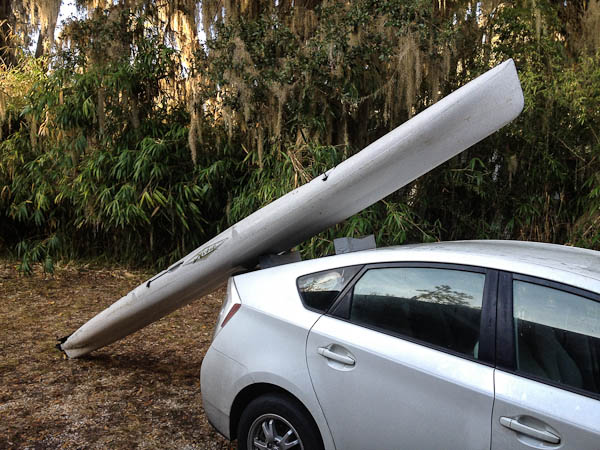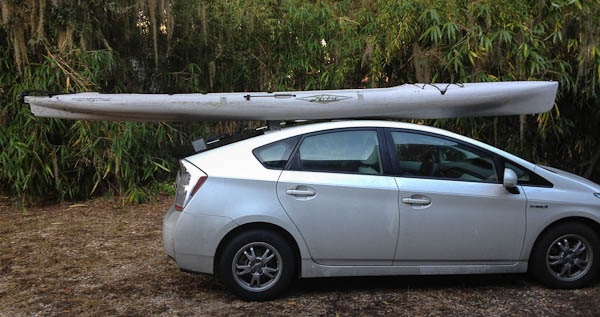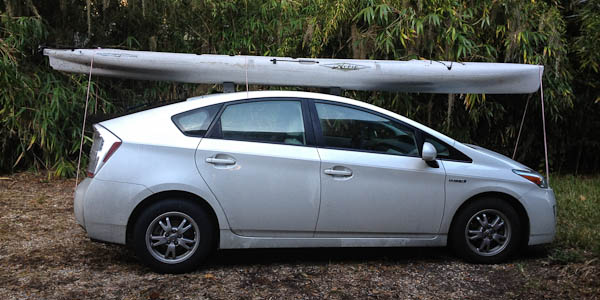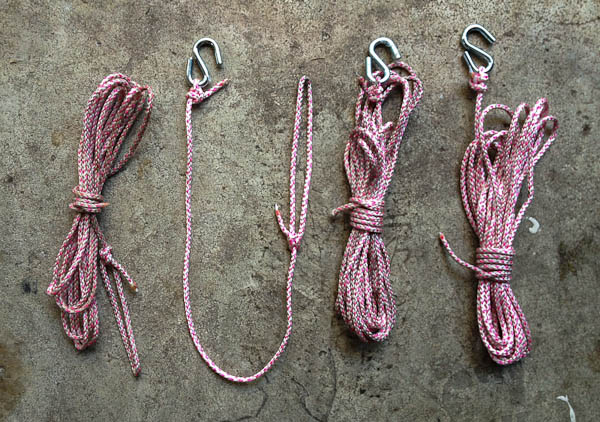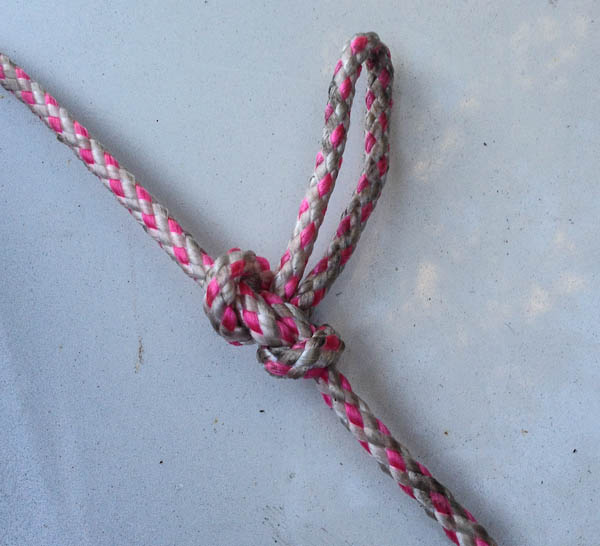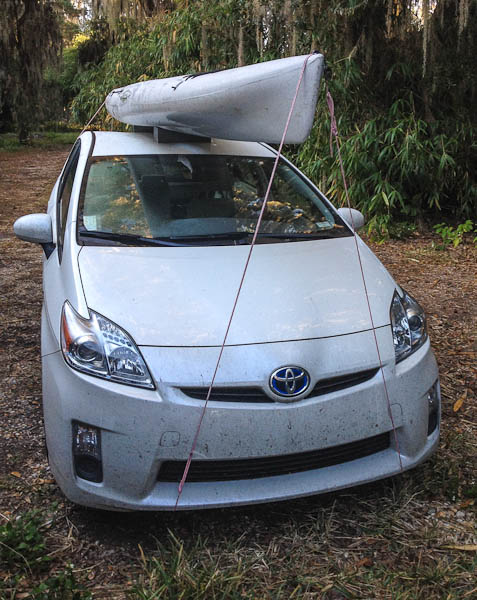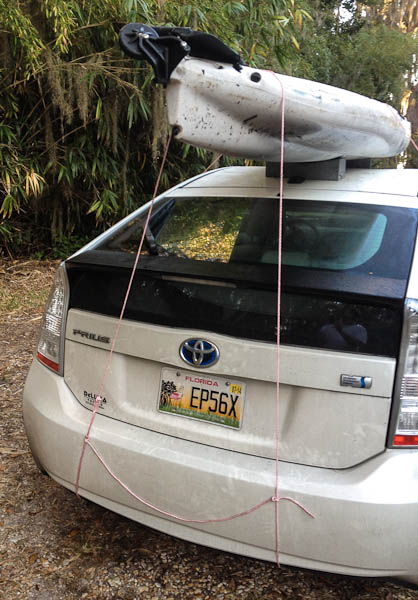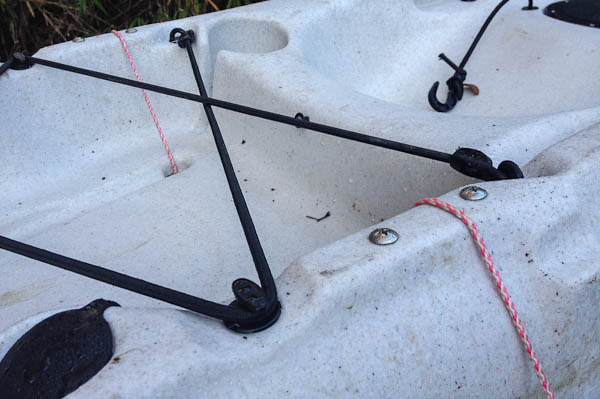Daylight Saving Time has to be one of the dumbest social conventions of all time! It’s just a bad idea that should be abolished!! DST doesn’t save energy, negatively impacts the health of millions, and robs me of an extra hour of daylight every morning!
I thought I’d review some recent evidence here. I’ve added emphasis to the most important bits. Decide for yourself!
Changing to daylight saving time cuts into sleep and increases workplace injuries. Barnes CM, Wagner DT.
J Appl Psychol. 2009 Sep;94(5):1305-17. doi: 10.1037/a0015320.
The authors examine the differential influence of time changes associated with Daylight Saving Time on sleep quantity and associated workplace injuries. In Study 1, the authors used a National Institute for Occupational Safety and Health database of mining injuries for the years 1983-2006, and they found that in comparison with other days, on Mondays directly following the switch to Daylight Saving Time-in which 1 hr is lost-workers sustain more workplace injuries and injuries of greater severity. In Study 2, the authors used a Bureau of Labor Statistics database of time use for the years 2003-2006, and they found indirect evidence for the mediating role of sleep in the Daylight Saving Time-injuries relationship, showing that on Mondays directly following the switch to Daylight Saving Time, workers sleep on average 40 min less than on other days. On Mondays directly following the switch to Standard Time-in which 1 hr is gained-there are no significant differences in sleep, injury quantity, or injury severity.
Daylight saving time shifts and incidence of acute myocardial infarction–Swedish Register of Information and Knowledge About Swedish Heart Intensive Care Admissions (RIKS-HIA).
Janszky I, Ahnve S, Ljung R, Mukamal KJ, Gautam S, Wallentin L, Stenestrand U.
Sleep Med. 2012 Mar;13(3):237-42. doi: 10.1016/j.sleep.2011.07.019. Epub 2012 Jan 30.
Our data suggest that even modest sleep deprivation and disturbances in the sleep-wake cycle might increase the risk of AMI across the population. Confirmation of subgroups at higher risk may suggest preventative strategies to mitigate this risk.
Lost sleep and cyberloafing: Evidence from the laboratory and a daylight saving time quasi-experiment.
Wagner DT, Barnes CM, Lim VK, Ferris DL.
J Appl Psychol. 2012 Sep;97(5):1068-76. doi: 10.1037/a0027557. Epub 2012 Feb 27.
The Internet is a powerful tool that has changed the way people work. However, the ubiquity of the Internet has led to a new workplace threat to productivity-cyberloafing. Building on the ego depletion model of self-regulation, we examine how lost and low-quality sleep influence employee cyberloafing behaviors and how individual differences in conscientiousness moderate these effects. We also demonstrate that the shift to Daylight Saving Time (DST) results in a dramatic increase in cyberloafing behavior at the national level. We first tested the DST-cyberloafing relation through a national quasi-experiment, then directly tested the relation between sleep and cyberloafing in a closely controlled laboratory setting. We discuss the implications of our findings for theory, practice, and future research.
The human circadian clock’s seasonal adjustment is disrupted by daylight saving time. Kantermann T, Juda M, Merrow M, Roenneberg T.
Curr Biol. 2007 Nov 20;17(22):1996-2000. Epub 2007 Oct 25.
A quarter of the world’s population is subjected to a 1 hr time change twice a year (daylight saving time, DST). This reflects a change in social clocks, not environmental ones (e.g., dawn). The impact of DST is poorly understood. Circadian clocks use daylight to synchronize (entrain) to the organism’s environment. Entrainment is so exact that humans adjust to the east-west progression of dawn within a given time zone. In a large survey (n = 55,000), we show that the timing of sleep on free days follows the seasonal progression of dawn under standard time, but not under DST. In a second study, we analyzed the timing of sleep and activity for 8 weeks around each DST transition in 50 subjects who were chronotyped (analyzed for their individual phase of entrainment). Both parameters readily adjust to the release from DST in autumn but the timing of activity does not adjust to the DST imposition in spring, especially in late chronotypes. Our data indicate that the human circadian system does not adjust to DST and that its seasonal adaptation to the changing photoperiods is disrupted by the introduction of summer time. This disruption may extend to other aspects of seasonal biology in humans.
Social jetlag and obesity.
Roenneberg T, Allebrandt KV, Merrow M, Vetter C.
Curr Biol. 2012 May 22;22(10):939-43. doi: 10.1016/j.cub.2012.03.038. Epub 2012 May 10.
Obesity has reached crisis proportions in industrialized societies. Many factors converge to yield increased body mass index (BMI). Among these is sleep duration. The circadian clock controls sleep timing through the process of entrainment. Chronotype describes individual differences in sleep timing, and it is determined by genetic background, age, sex, and environment (e.g., light exposure). Social jetlag quantifies the discrepancy that often arises between circadian and social clocks, which results in chronic sleep loss. The circadian clock also regulates energy homeostasis, and its disruption-as with social jetlag-may contribute to weight-related pathologies. Here, we report the results from a large-scale epidemiological study, showing that, beyond sleep duration, social jetlag is associated with increased BMI. Our results demonstrate that living “against the clock” may be a factor contributing to the epidemic of obesity. This is of key importance in pending discussions on the implementation of Daylight Saving Time and on work or school times, which all contribute to the amount of social jetlag accrued by an individual. Our data suggest that improving the correspondence between biological and social clocks will contribute to the management of obesity.



